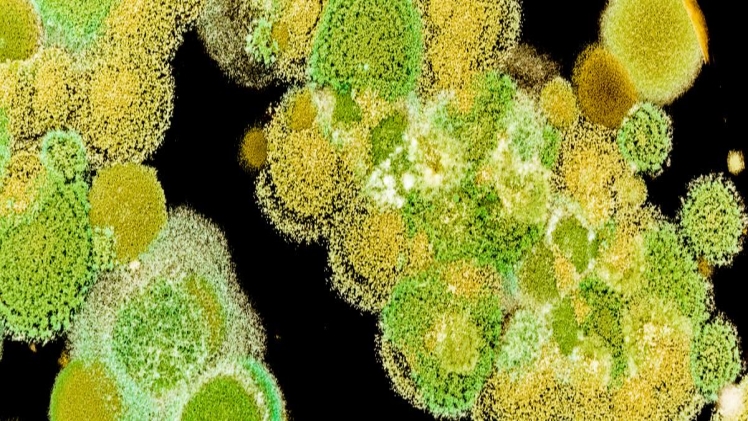Today we come to tell you about something that may go unnoticed but is an important factor in the cultivation of a character known to many: marijuana. This factor is simply an extremely beneficial fungus for the overall development of this plant.
It is called trichoderma, it is found in the roots and decaying bark, it acts as a fertilizer and is not harmful. On the contrary, we are going to tell you some of its most important virtues. Which may lead to lead to your plants excel in growth, abundance, and quality.
Trichodermas
These fungi are fungi whose symbiotic relationship with the soil is called mutualism, since it is a beneficial relationship for both parties because at the same time that they fight with pathogenic fungi in the soil (because they feed on some of them), they absorb nutrients such as nitrogen, carbon, phosphorus and potassium from the soil. Thus, aiding hosting plants to grow better.
They are of the Hypocreaceae family, fibrous in appearance and white, yellowish or greenish in color, depending on where they are in their evolution. It can be applied to the crop in different ways. Among them we have through irrigation, which is done progressively, and through a mixture with organic matter such as manure or other element used as fertilizer.
We tell you this because…
As we mentioned earlier, this type of fungus is extremely beneficial for crops in general, being that it protects the plant, reinforcing its immune system, and in turn generates a strengthening of the roots. Even the lateral roots, which are usually smaller and weaker. They improve the absorption of elements such as zinc, nitrogen, manganese, phosphorus, iron or copper, which are the main plant nutrients.
Now, important point next, marijuana and its relationship with this fungus. Since the main digestive apparatus of marijuana are the roots, their density and length, trichodermas are a beneficial enough option to prefer them over other chemical fertilizers.
If all goes well during cultivation, the correct use of trichodermas could help the marijuana plant to generate an abundant and Marijuana Club Barcelona quality harvest. Likewise, a faster harvest and a higher yield. In turn, generating more profit and less damage to the planet.
Some tips if you plan to use this fungus in your crops:
If you plan to acquire this fungus for your crops, remember to keep in mind that we are talking about something that affects or benefits the environment. The latter depends on you, so it is a good idea that before doing so you think about the idea and if you go ahead with the project, do it responsibly.
Get help form an expert
Take into consideration being advised by an expert in the field of agriculture. If you do not know, at least be advised by someone who has experience in cultivations (of marijuana or others, since the trichoderma is also used in other cultivations and of this there exist different strains, as the Trichoderma Harzanium T22 or the Trichoderma Harzianum T78).
Keep things natural
Likewise, for transplants or mixtures with fertilizers, it is a good idea to use biological products to prevent any damage, with the intention to obtain a pleasant development and maturation of the plant until the moment of harvesting.
To Sum Up
This is not the time to waste neither time nor resources, take advantage of the information in this article to improve or start that marijuana crop. You know the plant and now you know the trichodermas, who are going to help you keep that little plant healthy, beautiful, of good quality and above all, productive.
With benefits such as biological control of diseases and pathogenic fungi, improvement and strengthening of the roots, greater systemic resistance in plants, increased growth and greater absorption of nutrients. As the perfect outcome of this beautiful story, these improvements in your plants will most likely generate benefits for you, such as abundant crops and excellent quality products, both for you and for others.
Cheer up and try now the advantages of using trichoderma fungi in your crops! You may get surprised by the huge effects a simple fungus can have on your plants.

